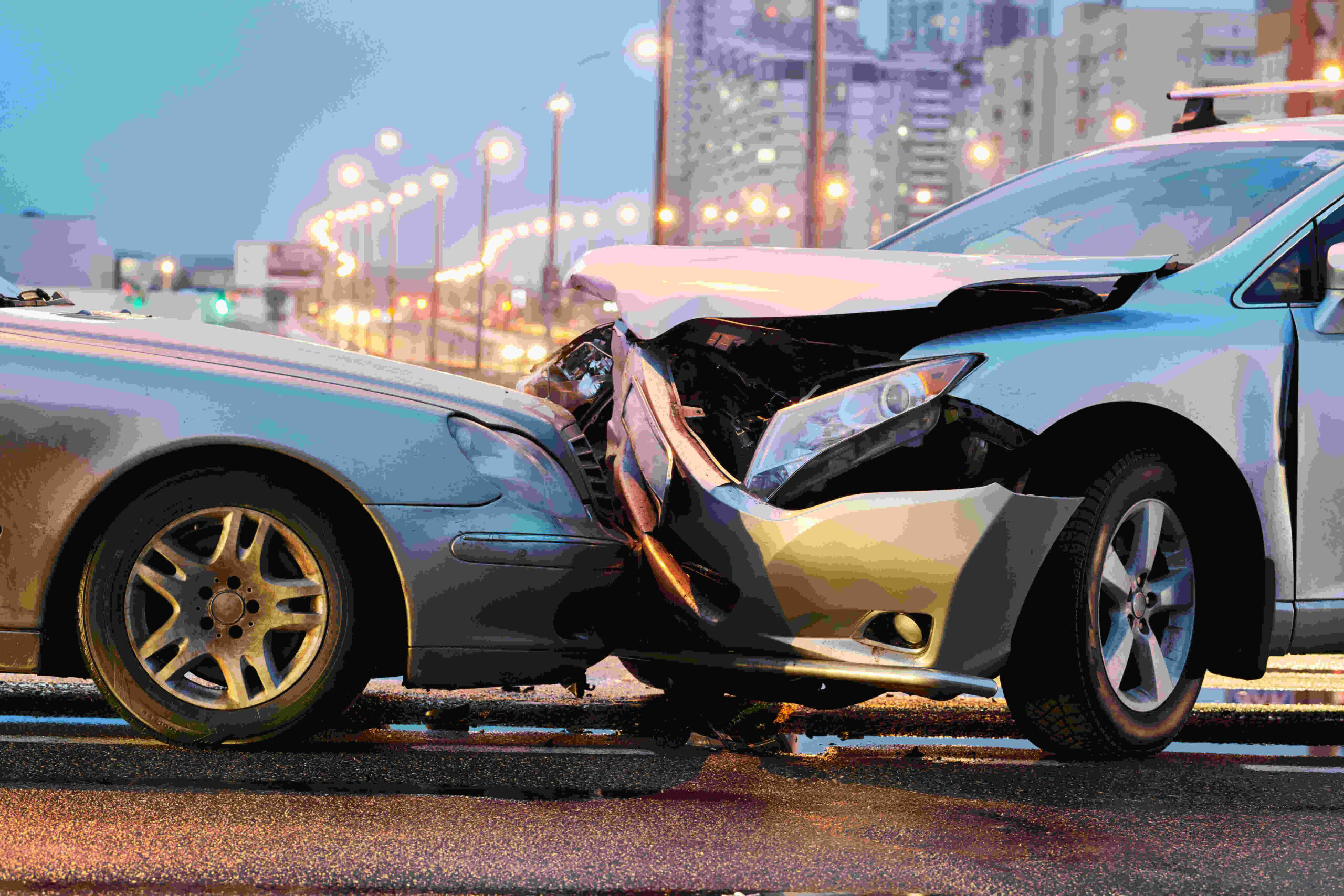Car accidents can be complicated, especially when it comes to determining fault and compensation. One of the critical concepts that come into play in many car accident claims is comparative negligence. Understanding this concept is vital for anyone involved in an accident, as it directly impacts how claims are processed and the compensation you might receive. In this article, we will explore what comparative negligence is, its types, how it operates within car accident claims, and the importance of evidence in determining fault.
What is Comparative Negligence?
Comparative negligence is a legal doctrine that allows for the allocation of fault in an accident among the parties involved. In simple terms, it means that if multiple parties share blame for an accident, their respective degrees of negligence will determine the compensation each party can recover. Instead of assigning all blame to one party, comparative negligence assesses the actions of all involved and assigns a percentage of fault accordingly.
For instance, if you were involved in a car accident where you were deemed 30% at fault for speeding while another driver ran a red light, the damages you can claim would be reduced by your percentage of fault. In this case, if you sustained $10,000 in damages, you would only be eligible to recover $7,000 (70% of your damages) because of your 30% fault.
Types of Comparative Negligence: Pure vs. Modified
There are two primary types of comparative negligence: pure comparative negligence and modified comparative negligence.
Pure Comparative Negligence
In jurisdictions that follow pure comparative negligence, a plaintiff can recover damages regardless of their level of fault. For example, if you are found to be 90% at fault for an accident, you can still recover 10% of your damages. This system promotes fairness, as it recognizes that even parties who are mostly at fault may still deserve some compensation for their losses.
Modified Comparative Negligence
Modified comparative negligence, on the other hand, sets a threshold for recovery. In most cases, if a plaintiff is found to be 50% or more at fault, they cannot recover any damages. This means that if you are deemed equally or more responsible for the accident, you will be barred from receiving compensation. In states that follow a 51% rule, the same principle applies; as long as you are found to be 50% or less at fault, you can recover damages.
California, including Los Angeles, operates under a pure comparative negligence system. This means that even if you are found to be mostly at fault for a car accident, you can still seek compensation for your injuries and damages. Thus, understanding how comparative negligence applies to your situation is crucial in navigating the aftermath of a car accident.
How Comparative Negligence Works in Car Accident Claims
When pursuing a car accident claim, understanding how comparative negligence influences your case is vital. The insurance company will typically conduct an investigation to assess the accident and determine the percentage of fault for each party involved. This investigation will include reviewing police reports, witness statements, and any available video footage.
Once fault is established, the next step is to calculate the damages incurred by each party. This may include medical expenses, lost wages, property damage, and pain and suffering. The total amount of damages will then be reduced by the percentage of fault assigned to each party.
For instance, if you were involved in a car accident and your total damages were calculated at $20,000, but you were found to be 25% at fault, your compensation would be reduced to $15,000. This process underscores the importance of effectively demonstrating that the other party was primarily at fault for the accident to maximize your potential recovery.
Determining Fault: The Role of Evidence and Investigation
Establishing fault in a car accident claim is critical, as it directly affects how comparative negligence is applied. Evidence plays a significant role in determining liability and fault. Here are some key types of evidence that can help establish your case:
- Police Reports: Law enforcement officers often create accident reports that detail the circumstances surrounding the accident, including statements from drivers and witnesses. These reports can serve as vital evidence in establishing fault.
- Witness Statements: Eyewitness accounts can provide additional context to the accident. Their perspectives on what happened can be instrumental in proving liability.
- Photographic Evidence: Taking photos of the accident scene, vehicle damage, and any visible injuries can help illustrate the conditions leading up to the accident and the extent of damages incurred.
- Medical Records: Documenting your injuries and treatment can support your claim for compensation, particularly when it comes to pain and suffering.
- Traffic Cameras: In urban areas like Los Angeles, traffic cameras may have captured the accident, providing objective evidence of how the accident occurred.
Involving a personal injury lawyer in Los Angeles can significantly bolster your case. An experienced attorney can help gather and present this evidence effectively, making sure that your claim is well-supported and that you are not unfairly penalized for a fault that does not lie solely with you.
Conclusion
Understanding comparative negligence is crucial for anyone involved in a car accident in Los Angeles. This doctrine allows for a fair assessment of fault and compensation based on the actions of all parties involved. Whether you are pursuing a claim as a victim or defending against one, knowing how comparative negligence works can help you navigate the complexities of your situation.
If you have been involved in a car accident, it is advisable to consult with a car accident attorney in Los Angeles who can guide you through the legal process and advocate on your behalf. With their expertise, you can effectively manage your claim and work toward obtaining the compensation you deserve. Don’t hesitate to seek professional help; the right attorney can make a significant difference in your case outcome.


